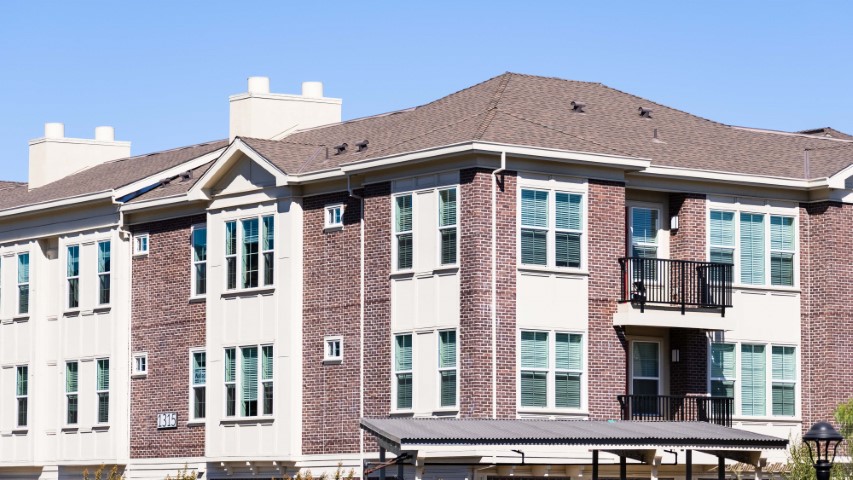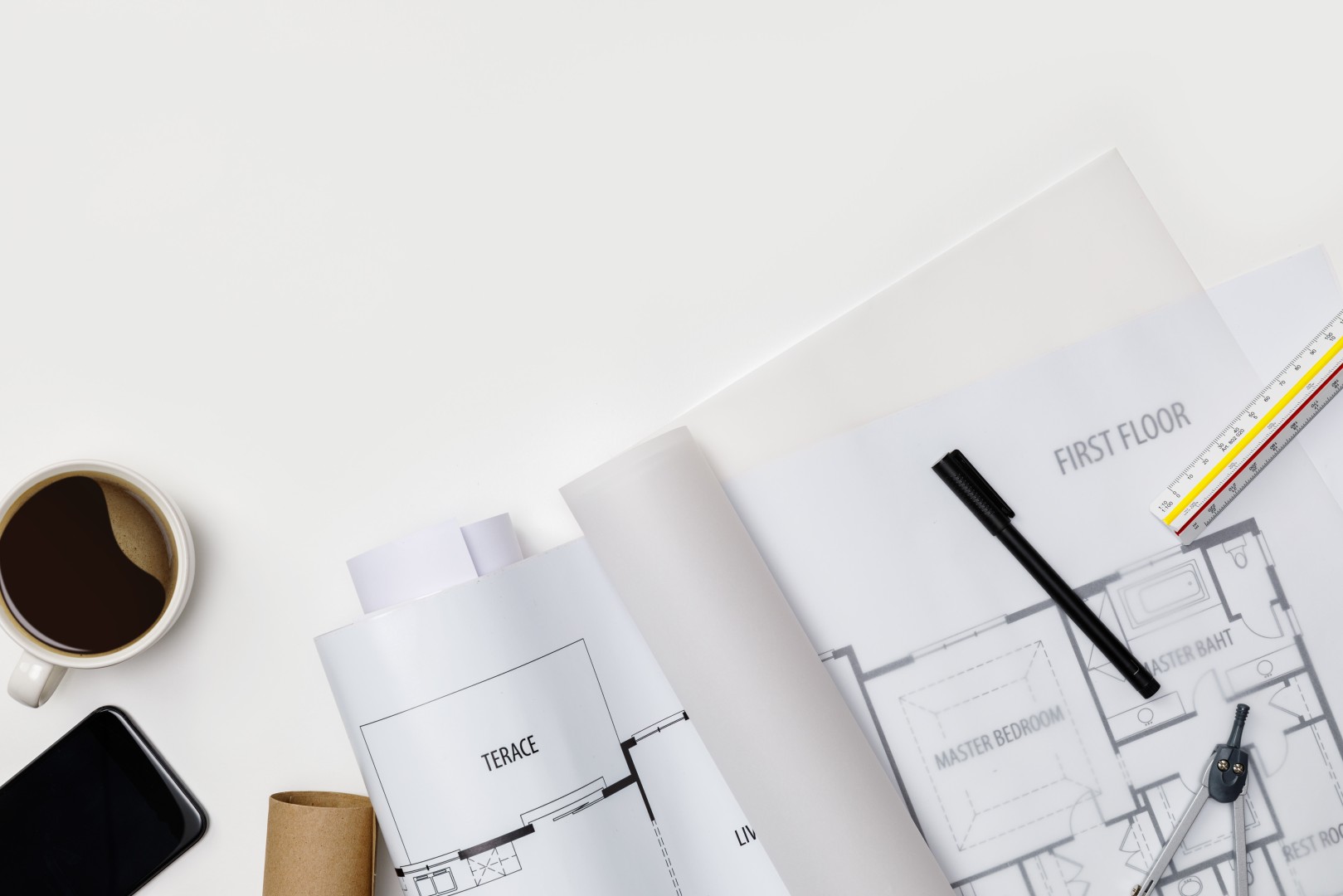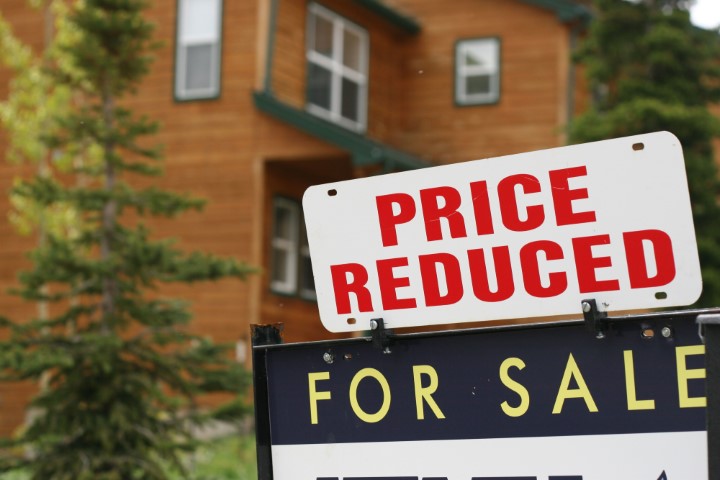August 15th 2023
 I’d like to talk to you today about multi-family residential buildings. As you develop your investment portfolio, you’ll absolutely want to have some multi-family buildings in the mix. Of course, when I speak about multi-family this can encompass all the way up to high-rise apartment buildings containing hundreds of rental units. But for most of us, we are not at and likely will never be at that level of investment. However multi-family can also include your typical duplex or triplex. And that is where most of us are going to be involved. In fact, CMHC and most banks draw a line at 4 units. Anything above 4 units is considered commercial and is handled by their commercial division. Four or fewer are under the residential umbrella.
I’d like to talk to you today about multi-family residential buildings. As you develop your investment portfolio, you’ll absolutely want to have some multi-family buildings in the mix. Of course, when I speak about multi-family this can encompass all the way up to high-rise apartment buildings containing hundreds of rental units. But for most of us, we are not at and likely will never be at that level of investment. However multi-family can also include your typical duplex or triplex. And that is where most of us are going to be involved. In fact, CMHC and most banks draw a line at 4 units. Anything above 4 units is considered commercial and is handled by their commercial division. Four or fewer are under the residential umbrella.
When you are in the market for a multi-family residential building you are going to have a choice. It is either going to be a ‘purpose-built’ building or it is going to be a ‘converted use’ building. And this applies equally to the building comprised of hundreds of units right down to your duplexes and triplexes.
In my opinion, there are a number of factors you want to consider, and generally, I think you’ll find advantages built into a purpose-built building over one that has been converted.
 The floor plan is one. When a building is built as a multi-unit building, it is designed to work. You move about the unit with ease. It flows. And entrance and exit are designed to give each unit individual access, either directly outside or to a common hallway or stairwell. This is often not the case when you take for example an old rambling Victorian mansion and self-divide it into apartments. In some cases, you have bedrooms with no closets and bathrooms tucked away in obscure corners. You may even need to go through a part of one apartment to access another. This is often the case with ‘granny flats’, ancillary dwellings that people have added to their single-family residences creating a functional (but not official) duplex.
The floor plan is one. When a building is built as a multi-unit building, it is designed to work. You move about the unit with ease. It flows. And entrance and exit are designed to give each unit individual access, either directly outside or to a common hallway or stairwell. This is often not the case when you take for example an old rambling Victorian mansion and self-divide it into apartments. In some cases, you have bedrooms with no closets and bathrooms tucked away in obscure corners. You may even need to go through a part of one apartment to access another. This is often the case with ‘granny flats’, ancillary dwellings that people have added to their single-family residences creating a functional (but not official) duplex.
Then there are hydro issues. Because the building was not designed for multiple units, it was not wired as individual components. It’s very difficult now to separate circuits or install hydro panels in separate apartments. This means not only can you not set it up so each tenant controls and pays for their own hydro. It also means that when a tenant blows a fuse in their unit, it may well knock out hydro in part of another.
 Sound attenuation is another issue. Of course, when we are talking about huge buildings, design-build usually incorporates reinforced concrete floors separating units. This really cuts down on sound transmission. But even a small building such as a duplex or triplex which may not incorporate formed floors etc. will be designed so that each unit is relatively self-contained. Demising walls are built often with concrete blocks, or at least fire-resistant drywall. Ceilings have channel strapping to cut down on sound transmission.
Sound attenuation is another issue. Of course, when we are talking about huge buildings, design-build usually incorporates reinforced concrete floors separating units. This really cuts down on sound transmission. But even a small building such as a duplex or triplex which may not incorporate formed floors etc. will be designed so that each unit is relatively self-contained. Demising walls are built often with concrete blocks, or at least fire-resistant drywall. Ceilings have channel strapping to cut down on sound transmission.
Now I should say that in the case where the multi-family residential building was previously a school or industrial building, and it was gutted right to the exterior walls, a lot of these functional issues have been overcome. And to some extent that can be done on a small-scale duplex or triplex. But you’ll want to check carefully because often it is not.
So, with all the design and functional advantages of a purpose-built multi-family, is there any advantage whatsoever to looking at purchasing a converted building, or considering buying one with the intent of converting it yourself. There can be a couple.
 Price is one factor. To offset some of the functional issues in a converted multi-family, generally, the asking price is lower and the cap rate is higher so as to entice an investor. And in the case of a large project like a conversion from a school or office building to multi-residential there are grants and interest-free government loans available to help promote the creation of much-needed housing.
Price is one factor. To offset some of the functional issues in a converted multi-family, generally, the asking price is lower and the cap rate is higher so as to entice an investor. And in the case of a large project like a conversion from a school or office building to multi-residential there are grants and interest-free government loans available to help promote the creation of much-needed housing.
Purpose-built or converted. There is a market for both and both are available to the investor. From my experience lean heavily toward a purpose-built project and if a converted dwelling does catch your eye, do your homework first. Otherwise, you could be acquiring a bunch of potential tenant-related issues and the ownership of a money pit as well.